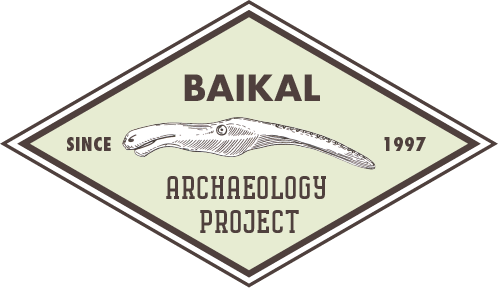Congratulations to BAP Ph.D. student Ruairidh Macleod on the publication of his book chapter in Field Sampling for Laboratory Analysis in Archaeology (ed. Evi Margaritis, Artemios Oikonomou, Efthymia Nikita,Thilo Rehren) 65–87 (The Cyprus Institute, 2023)!
Chapter 9 Title: Sampling for ancient biomolecular data: DNA, proteins and lipids from specific archaeological sample types
Introduction:
Ancient biomolecular analyses have rapidly risen to prominence in archaeological research, generating a considerable breadth of novel evidence for behaviour, population history and subsistence in the past.
Carbohydrates rarely feature in studies at present; although important as foodstuffs (e.g. sugars, starch), glues, textiles (e.g. flax, cotton), writing media (papyrus, paper) and in construction (papier-mâché), they survive poorly in the archaeological record. RNA also survives poorly, presumably mainly due to enzymolysis, but has been recovered over millennia. Lignin is highly resistant to biodegradation under anoxic conditions, but contains limited biomolecular information. Metabolites other than lipids have only recently been systematically analysed in archaeological remains and are typically highly susceptible to biodegradation. These classes are not considered further in this chapter.
Three main classes of biomolecule are the focus of these guidelines: DNA (the fragile complex molecule that encodes heritable information), proteins (large biomolecules that perform many functional roles within cells, and are often preserved as polypeptide chains) and lipids (molecules involved in storing energy and in cell structures, such as fats, that are insoluble in water). Descriptions of sampling approaches for these biomolecule classes are grouped here by types of preserved substrate (e.g. hard tissue, soft tissue) given the distinct considerations required of each.
The principal limiting factor to ancient biomolecular analysis is preservation, and considering each substrate type individually is intended to take into account their differing preservational characteristics. The key determinant of biomolecule preservation is the environmental history of the site. Hot temperatures, humidity and unstable burial environments (e.g. unsaturated zone), will accelerate degradational processes while cool, stable environments will decelerate these. In terms of biodegradation, DNA is typically the most fragile, disintegrating into short fragments upon cell death. Proteins (degraded as peptides) may persist considerably longer when associated within minerals such as enamel. Lipids are the most stable class, with their carbon backbones surviving deep into the geological record.
However, proteins and lipids are presently especially vulnerable to contamination in analyses, as post-hoc contamination detection methods do not exist for these in the same way as for DNA. Guidelines on optimal sample storage are also included in each section (together with other key sampling details), bearing in mind that access to ideal facilities may often be lacking in the field. This overview is intentionally simplified to describe typical field considerations, and there will be exceptions to the general rules we outline below.
Congratulations to Ruairidh and all co-authors!


